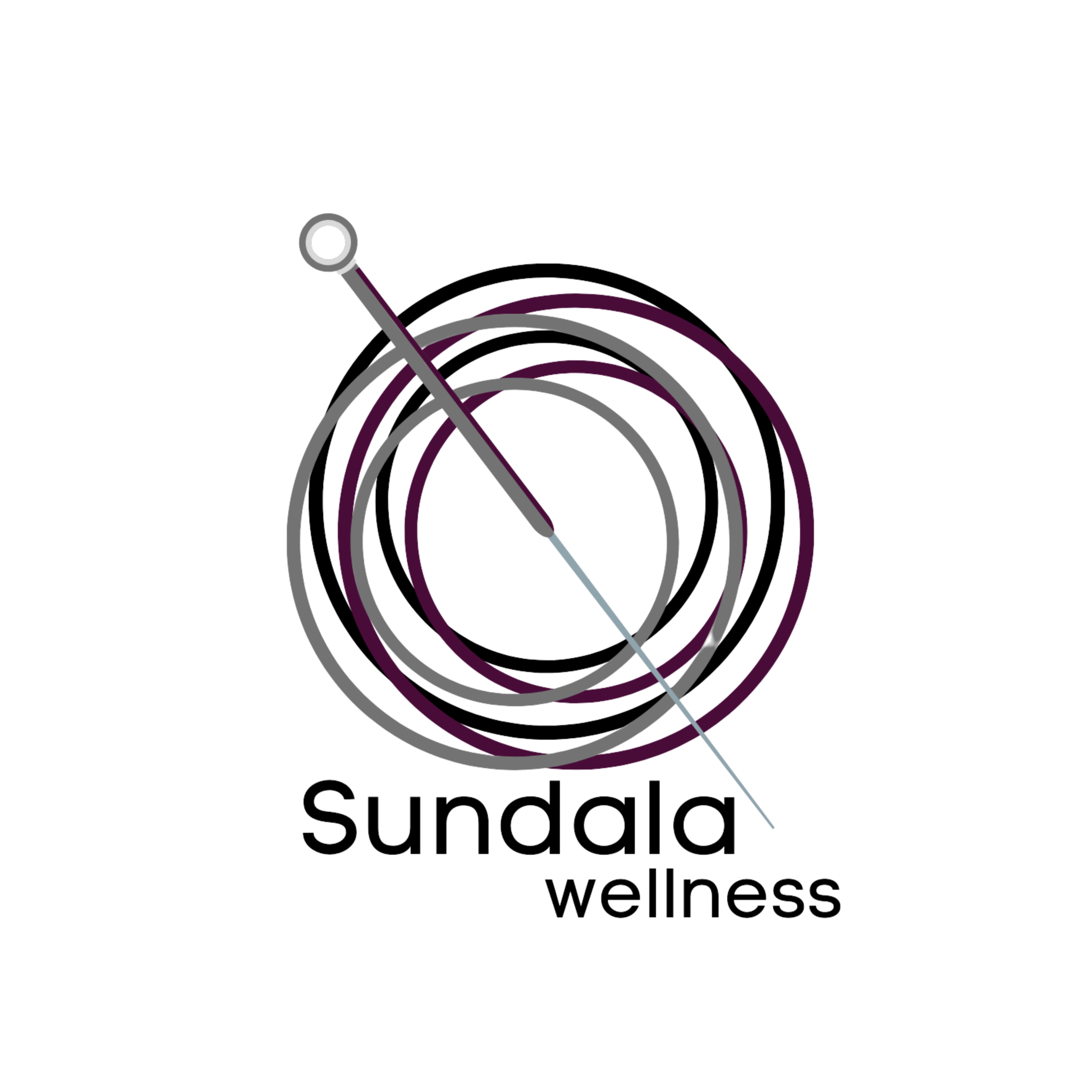ACUTE SHOULDER PAIN PART 2: The Infraspinatus & Teres Minor
The shoulder joint is extremely effected by posture (sitting, standing and lying) which can all put the shoulder joint in positions of inefficiency. There are 4 rotator cuff muscles and each of the them has a very specific job in how they hold the head of the upper arm bone in the socket of the upper arm joint.
In the first of this series of 3 we looked at the Supraspinatus muscle which is the primary rotator cuff muscle that lifts the arm out to the side. This is part 2 in the series where we are focusing on how to isometrically strengthen the infraspinatus and teres minor muscles which outwardly rotate the shoulder.
The sitting, standing and lying positions that can affect the shoulder and how the ball aligns itself in the socket are:
The “text head/neck” position: dropped head to look down and arms internally rotated to hold phone in front of the body.
The “slump stance” position: standing with head forward, shoulders slumped, core weak and butt tucked under
The “arm drape” position: side lying with bottom arm pinned under the head and top arm draped over forward with no support.
All three of these positions can contribute to instability of the shoulder joint due to sustained postural strains. The rotator cuff muscles are there to stabilize the ball in the socket. If you repeatedly (through posture) move the ball out of position, you are creating muscular imbalances. When you exercise, lift weights, push body weight or train in poor positions of the shoulder girdle, you continue to reinforce poor positions compounding adverse forces that the rotator cuff has to endure.
Moral of this story: be mindful of your posture! It has a direct effect on your shoulder pain!
